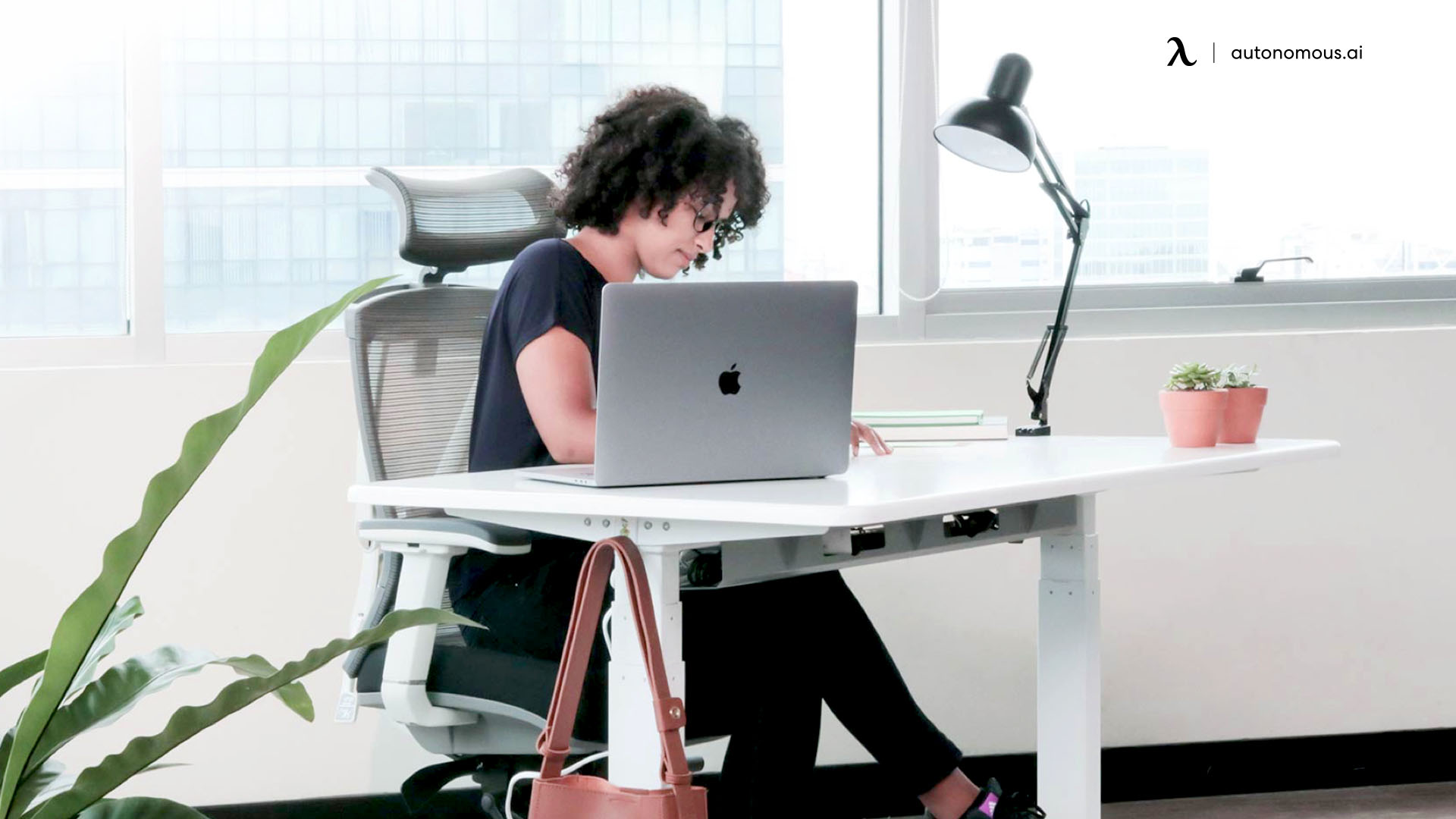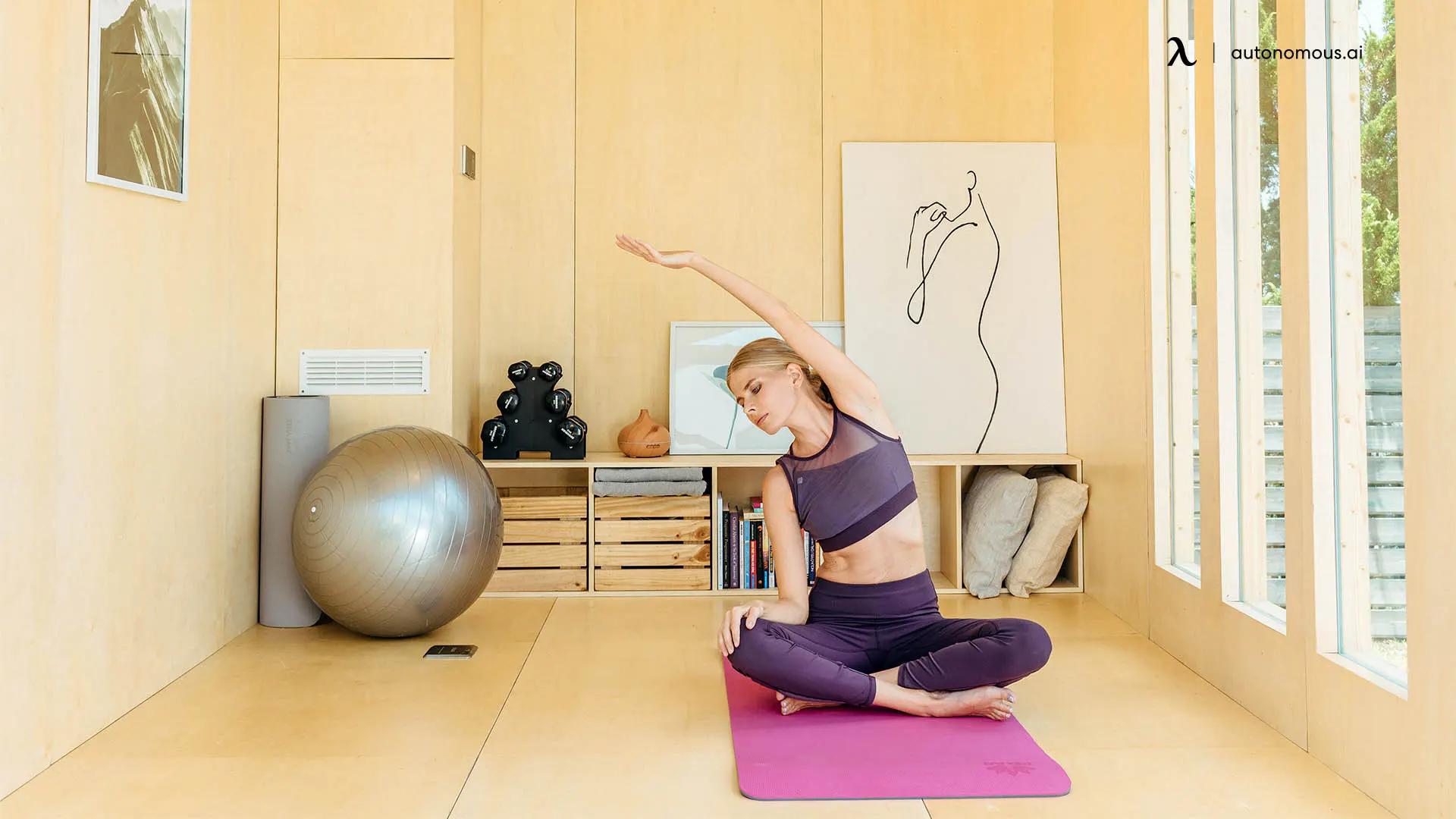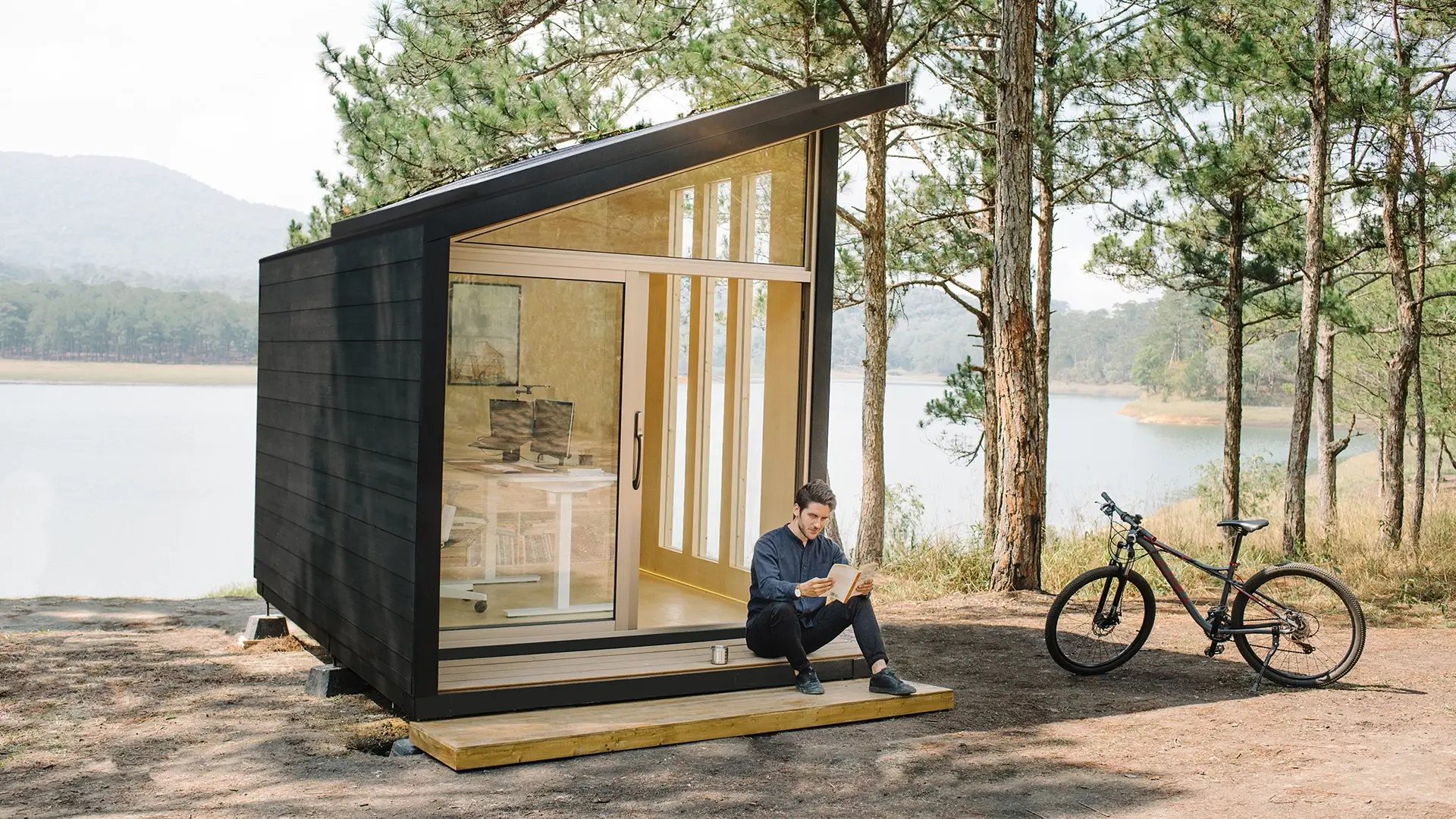- Newest
- Most viewed
Interested in a Link Placement?

How to Use Common App 2025: Complete Guide
Learn how to use the Common App step-by-step: set up your account, track deadlines, write essays, and apply to 1,000+ colleges. Includes pros and cons.
Latest Updates | Nov 14, 2025 687 views

The Data-Driven Revolution: What the Lab of the Future Looks Like
Latest Updates | Nov 13, 2025 488 views
.webp)
Guys’ Christmas Gift Picks 2025: What They Actually Want
Latest Updates | Nov 12, 2025 208 views

Best Christmas Gifts for Clients 2025 That Truly Impress
Latest Updates | Nov 11, 2025 362 views
.webp)
Christmas Gift Sale 2025: What’s Actually Worth Buying
Latest Updates | Nov 11, 2025 849 views

Best Exercises for Loose Skin After Weight Loss Naturally
Work Wellness | Nov 10, 2025 200 views

Best AI Gadgets 2025 That Adapt to Your Daily Routine
Latest Updates | Nov 6, 2025 1,030 views

Holiday Sale 2025: What to Expect & When to Buy
Latest Updates | Nov 5, 2025 1,042 views
.webp)
Best Thanksgiving Apple Deals 2025 (Mac, iPad, and More)
Latest Updates | Nov 5, 2025 572 views

Best Laptop Thanksgiving Deals 2025 for Every Budget
Latest Updates | Nov 4, 2025 751 views

Top Treadmill Cyber Monday Deals 2025 You Can't Miss
Latest Updates | Nov 4, 2025 436 views

Best Cyber Monday Exercise Bike Deals on Top Models of 2025
Latest Updates | Nov 4, 2025 997 views
.svg)
